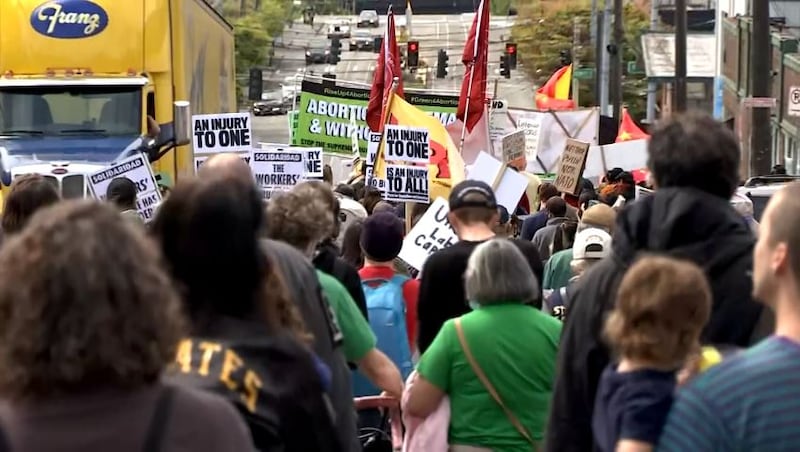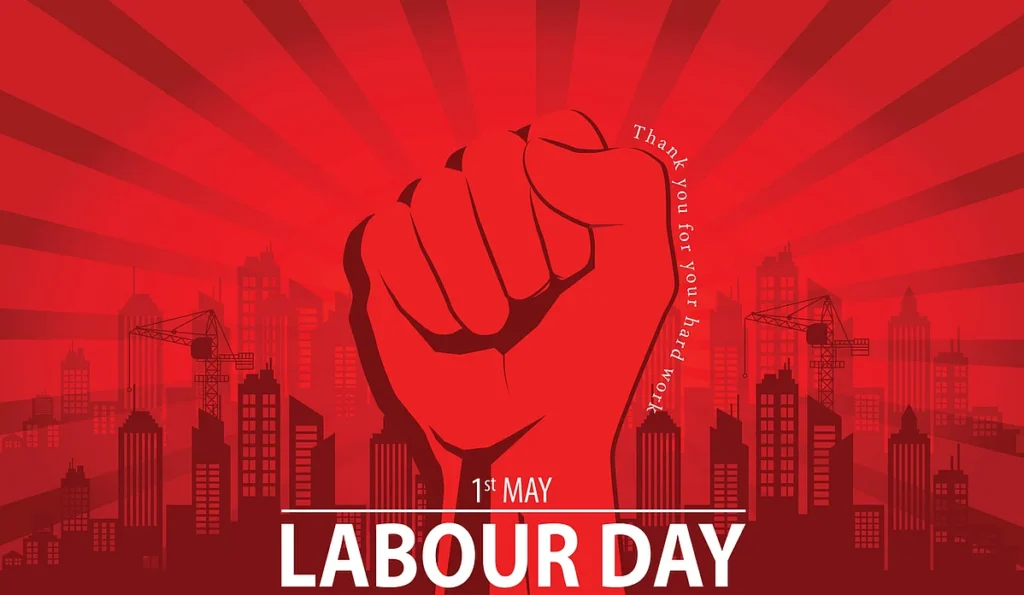May Day, celebrated on May 1st, reverberates through history as a powerful symbol of labor rights and worker solidarity. Initially emerging from the struggles of the late 19th century, it not only marks a day of celebration but also a reminder of the ongoing fight for workers’ rights and social justice.
Historical Background of May Day
The roots of May Day can be traced back to the 1880s when industrial workers fought fervently for more humane working conditions, specifically the demand for an eight-hour workday. The American Federation of Labor organized the first nationwide strike on May 1, 1886, which saw the participation of over 340,000 workers nationwide.
The significance of this day was further highlighted by the Haymarket Affair, a peaceful rally in Chicago that turned violent, leading to numerous fatalities and injuries among both police officers and demonstrators. In response to this tragedy, the International Socialist Conference in 1889 named May Day as an official labor holiday, marking it as International Workers’ Day.
May Day in the United States
While May Day is celebrated around the globe, its prominence in the U.S. has fluctuated, particularly in recent decades. The day serves as a platform for protests, rallies, and celebrations reflecting the workers’ plight and achievements. Events such as strikes, marches, and community gatherings occur throughout the United States, often focusing on labor rights, immigrants’ rights, and broader social justice issues.
Recent Developments and Protests
In recent years, Seattle has been a focal point for May Day protests, illustrating both the spirit of activism inherent in this date and the tensions that can arise. The protests, particularly from 2012 through 2016, witnessed a spectrum of events ranging from peaceful demonstrations to violent clashes with police. Events in 2012 saw chaos erupt in downtown Seattle as some protesters vandalized businesses and clashed with law enforcement. Each year thereafter reflected a mix of peaceful ethos and sporadic violence, raising questions about the direction and nature of activism on this significant day.
As discussed by various outlets, May Day events in Seattle have often involved a coalition of anarchists, anti-capitalists, and labor activists showcasing a discontent with current socioeconomic structures. For example, amidst the 2013 and 2015 protests, violence intensified after initial peaceful marches, reflecting frustrations stemming from broader systemic issues. Throughout these years, law enforcement had to enact stringent measures in response to violence, leading to numerous arrests.
The Role of Strikes in Labor Movements
Strikes, particularly on May Day, serve as a crucial means for workers to assert their rights and demand fair labor practices. Historically, significant labor movements have leveraged May 1st as a platform for strikes, making bold demands that changed the landscape of labor relations. For instance, the late 19th-century push for the eight-hour workday exemplified how united action can yield transformative results for millions.

In 2023, there was a resurgence of organized labor efforts, with labor unions such as the United Auto Workers leading impactful strikes against major automakers. This revival represents an awakening of the labor movement echoing the lessons learned from May Day history, as workers collectively fought for improved wages and working conditions after years of stagnation and wage cuts.
May Day’s Modern Significance
As labor activism continues to evolve, May Day remains a critical date in the calendar for mobilizing workers across various industries. It serves as both a reminder of past struggles and a call to action for present and future generations. With the backdrop of increasing economic inequalities, the messages sent on May Day resonate profoundly.
“May Day is not just a celebration but a significant reminder of our history, struggles, and a beacon of hope for future labor movements.”
Challenges and Controversies of Modern Protests
However, the path forward is not without challenges. Recent protests have drawn criticism as well as support, prompting discussions on the effectiveness of confrontational tactics versus peaceful demonstrations. The Seattle protests, in particular, have faced scrutiny for the way they navigate the delicate balance of free speech and public safety. Critics argue that violence hinders the underlying message of the movement while supporters believe such actions are necessary to provoke change.
Further complicating this debate is the role of police in handling protests, leading to increases in arrests and allegations of excessive use of force. This ongoing tension raises essential questions about how to effectively advocate for labor rights without succumbing to violence and further polarizing public perception.
The Future of May Day Celebrations
As society continues to grapple with the implications of capitalism and workers’ rights, the essence of May Day will likely remain pivotal. The re-emergence of labor actions indicates a growing consciousness about exploitation and inequality among workers everywhere. It serves as an important reminder that collective action can yield significant outcomes.
Looking ahead, May Day may witness a blend of celebrations emphasizing unity and strength among workers, alongside a renewed commitment to peaceful and effective activism. The ongoing struggle against socio-economic inequalities, coupled with a desire to maintain the spirit of solidarity, suggests that May Day will continue to evolve while remaining deeply rooted in its historical origins.
The significance of May Day as a day for strikes and demonstrations proves instrumental in shaping the narrative of workers’ rights. As more individuals unite for common goals on this day, the impact of those actions can ripple through society and inspire future generations to take up the mantle of labor advocacy.

